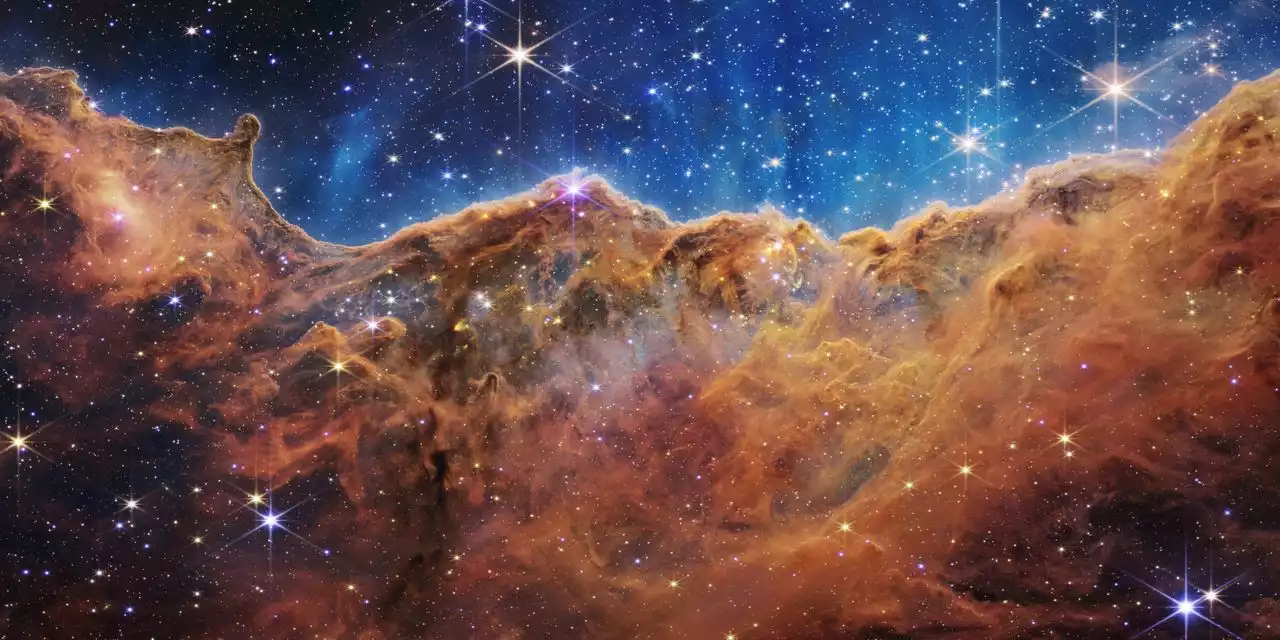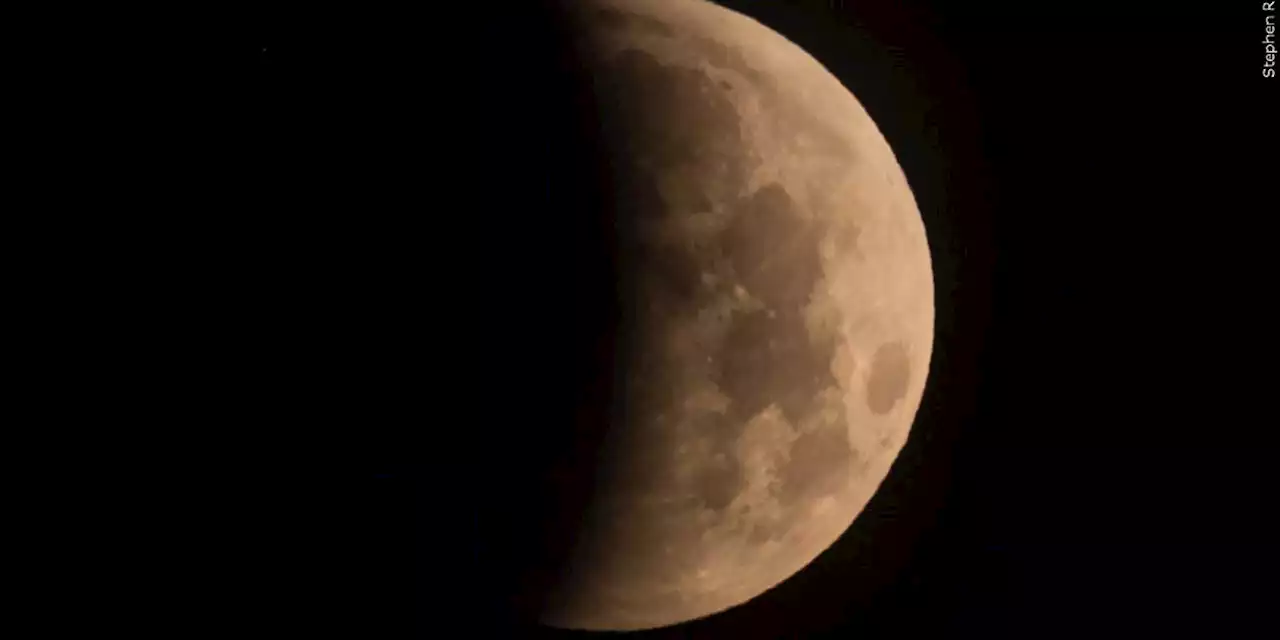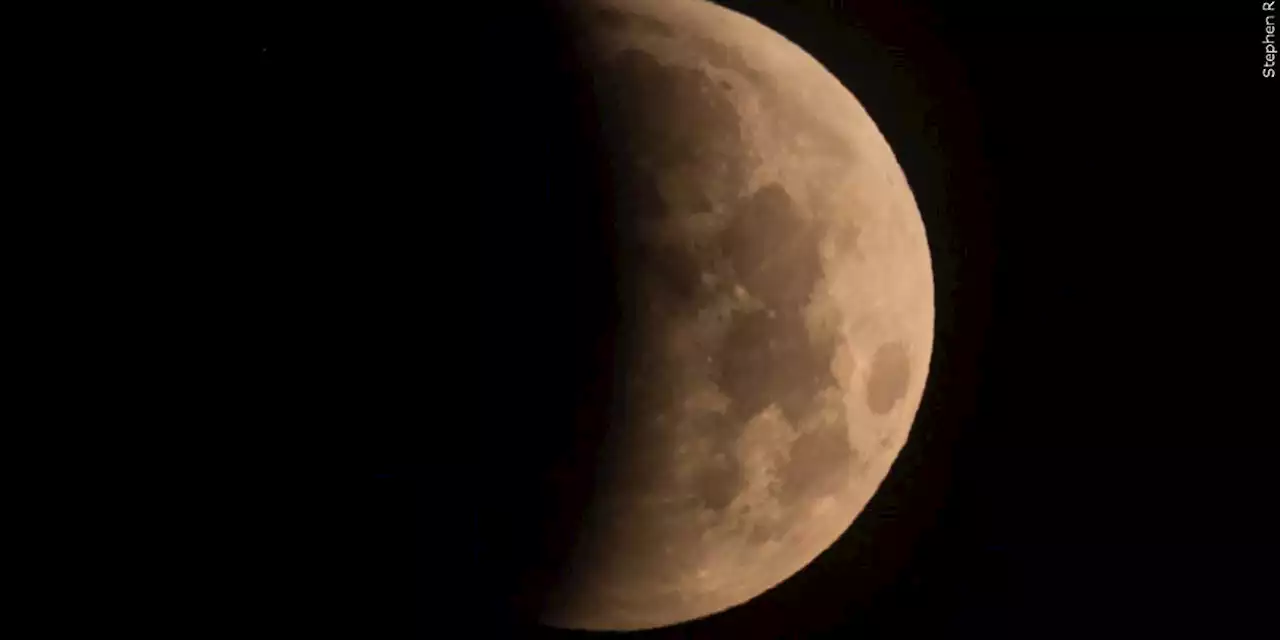Researchers and some U.S. Congress members are now lobbying NASA to give the Global Ecosystem Dynamics Investigation instrument a second life so it can finish measuring the world’s tropical and temperate forests.
Since April 2019, a fridge-size instrument attached to the International Space Station has tickled the treetops of much of the planet with laser light, mapping forests’ carbon stores and the wildlife habitat they provide. Yet in early 2023, the laser is set to be jettisoned into Earth’s atmosphere, where it will burn up unless NASA approves a plan to extend its tenure. Researchers and some U.S.
Imaging satellites such as Landsat can map forests, but have limitations: They can only tell whether trees are there, not how tall they are, what quality habitat they provide, or how much carbon they hold. Planes equipped with radarlike laser instruments called lidars can gather more informative forest measurements, but such flights are costly.. As the station hurtles around the planet, GEDI pings the surface with 242 pulses per second of near-infrared light and measures the reflections.
Field measurements help calibrate GEDI’s carbon estimates. The team has no ground data from China and very little from Indonesia, making estimates in those countries less accurate, Dubayah says. Others say the problem is broader and might limit GEDI’s role in verifying compliance for carbon markets and climate treaties.
From early 2020 to late 2021, an unexpected change to the ISS orbit caused GEDI to repeatedly map the same forests while missing others; the resulting data gap is a big reason why team leaders want an extension. Nevertheless, GEDI is scheduled to get the boot in early February 2023 to make way for a long-planned Department of Defense sensor that will collect hyperspectral images to train artificial intelligence systems. After U.S.
Australia Latest News, Australia Headlines
Similar News:You can also read news stories similar to this one that we have collected from other news sources.
Should Webb telescope’s data be open to all?The $10 billion James Webb Space Telescope (JWST) has been observing for less than 4 months, but already a storm is brewing over access to its data.
Read more »
 NASA Sets Launch Date for Mission to $10 Quintillion AsteroidAfter disappointing setbacks and delays, NASA has finally got its mission to an invaluable asteroid made of precious metals back on track.
NASA Sets Launch Date for Mission to $10 Quintillion AsteroidAfter disappointing setbacks and delays, NASA has finally got its mission to an invaluable asteroid made of precious metals back on track.
Read more »
 What NASA knows about soft landings that the Federal Reserve doesn'tSignals from deep space don't show current conditions, and neither do the official inflation data for shelter prices.
What NASA knows about soft landings that the Federal Reserve doesn'tSignals from deep space don't show current conditions, and neither do the official inflation data for shelter prices.
Read more »
 A total lunar eclipse is expected to occur next weekThe total eclipse will take place on Nov. 8 of this year, NASA says.
A total lunar eclipse is expected to occur next weekThe total eclipse will take place on Nov. 8 of this year, NASA says.
Read more »
 A total lunar eclipse is expected to occur next weekThe total eclipse will take place on Nov. 8 of this year, NASA says.
A total lunar eclipse is expected to occur next weekThe total eclipse will take place on Nov. 8 of this year, NASA says.
Read more »
 A total lunar eclipse is expected to occur next weekThe total eclipse will take place on Nov. 8 of this year, NASA says.
A total lunar eclipse is expected to occur next weekThe total eclipse will take place on Nov. 8 of this year, NASA says.
Read more »